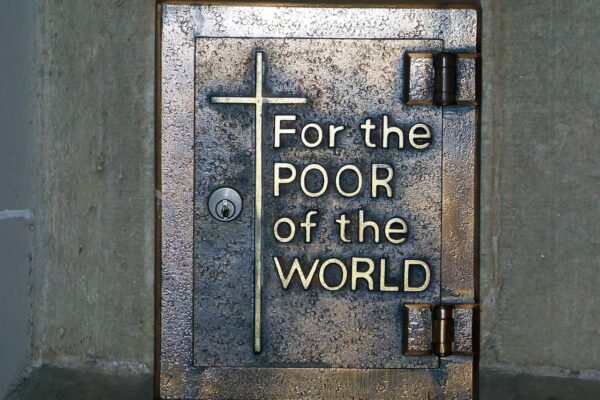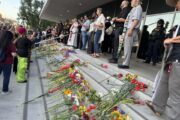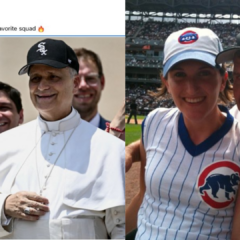This article originally appeared in The Christian Recorder.
In bad economic times, churches are the target of professional con artists committed to ripping the church off. Some rip off artists hit 50 churches a day. Con artists are good at creating compelling stories for financial gain. Pastors and the benevolent committee are tasked with making donations to people in need and weeding out the rip off artists. How should we determine who should receive a financial donation?
Helping the poor and people who have a temporary need for financial help is a never ending ministry of the church. The church is called to serve the needy. The church is the place people go for help but what method is used to determine the value of the gift? How does the church know the difference in a person in need and a rip off artist?
One method is to establish a set of metrics for giving funds. The church board may choose to help people based on their church membership, age, whether or not they have children, family size, employment status, or homelessness. The metric should determine the degree of problems. For example, a senior needing medicine may receive priority over a person needing a telephone bill paid. A church should also decide who not to give money. Many churches don’t donate money for rent because there is a strong reality the person will return for another donation in thirty days.
Churches should have written policies on giving to the poor. This gives the benevolent committee the opportunity to rely on the policy and not personal opinions. It’s recommended that a church gives no more than $200 to a person or family in the same year. This prevents the family from looking at the church as an ATM. The church may require a grantee to go to a financial literacy class to learn financial planning.
A church is wise to have a written policy voted on by the entire church on giving to the poor and needy. This cuts down on all confusion. Remember, the poor will always be with us but the church treasury has a limited life span.
The USC Cecil Murray Center for Community Engagement equips faith leaders to empower communities through training on civic engagement and economic opportunities. To find out how to create financially strong organizations and help families find financial security, faith leaders can join the Financial Literacy Program, or work with the Murray Center to bring Financial Fitness Workshops to their congregation.
Click here for more information about Murray Center programs.
Mark Whitlock is a contributing writer for the USC Center for Religion and Civic Culture.







